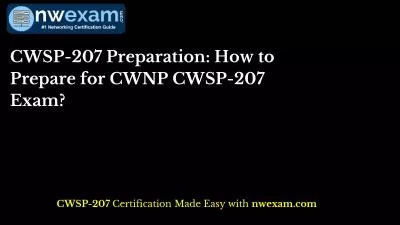PPT-April mock
Author : jane-oiler | Published Date : 2017-12-23
YEAR 10 ENGLISH LANGUAGE FEEDBACK Are you ready to work hard and get better Gives more information about a noun eg blue beautiful historic kind An object person
Presentation Embed Code
Download Presentation
Download Presentation The PPT/PDF document "April mock" is the property of its rightful owner. Permission is granted to download and print the materials on this website for personal, non-commercial use only, and to display it on your personal computer provided you do not modify the materials and that you retain all copyright notices contained in the materials. By downloading content from our website, you accept the terms of this agreement.
April mock: Transcript
Download Rules Of Document
"April mock"The content belongs to its owner. You may download and print it for personal use, without modification, and keep all copyright notices. By downloading, you agree to these terms.
Related Documents

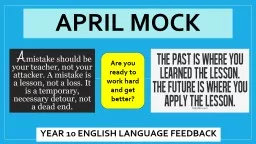
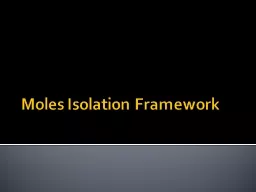
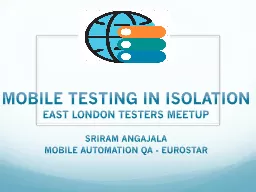
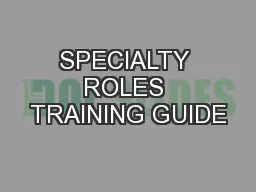
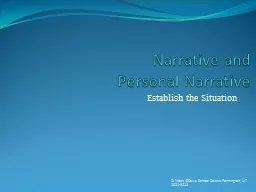
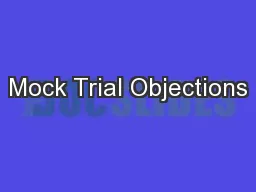
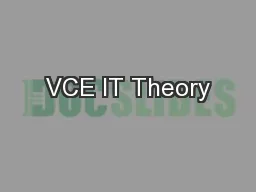
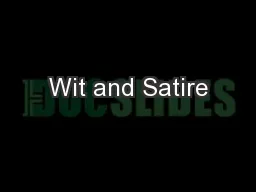
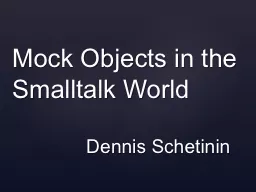
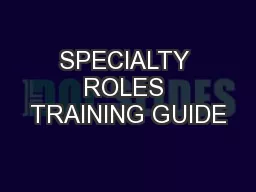
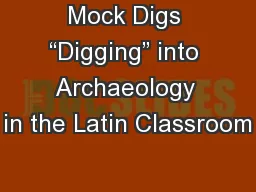
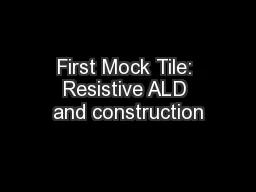
![[READ]-Microsoft Certified: SC 900 Security, Compliance and Identity Fundamentals Mock](https://thumbs.docslides.com/985713/read-microsoft-certified-sc-900-security-compliance-and-identity-fundamentals-mock-tests-over-230-realistic-mock-tests-to-get-you-sc-900-certified-on-your-1st-attempt.jpg)
